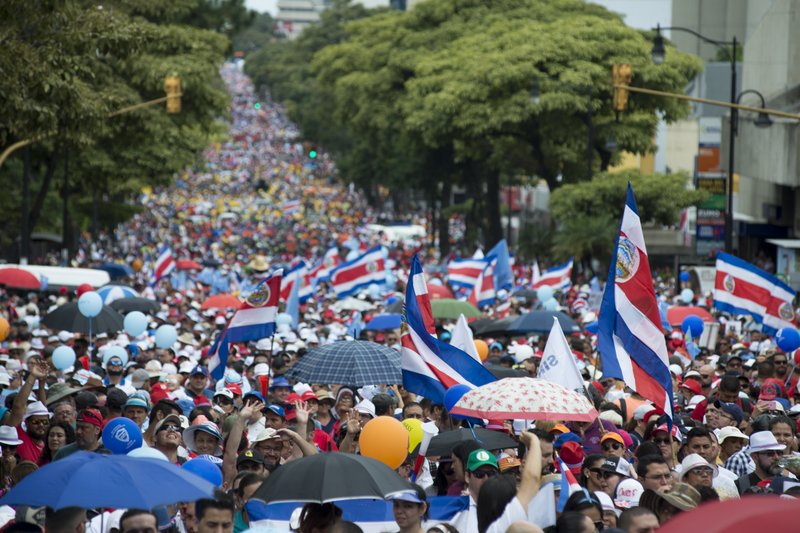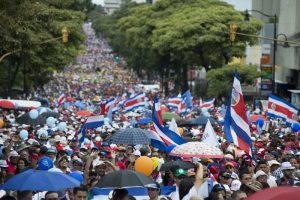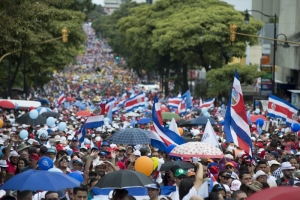Nam pretium, risus in malesuada posuere, est ex mattis ligula, quis congue ligula magna quis nunc. Sed rhoncus sed lorem a tincidunt. Phasellus massa ipsum, suscipit molestie dui et, maximus porttitor leo. In eu mollis arcu. In sagittis lectus et orci rhoncus varius. In interdum quam nec augue ullamcorper iaculis. Praesent ullamcorper sollicitudin lectus, at pellentesque quam commodo sed. Donec suscipit tortor ut diam maximus, quis dapibus sapien tempus. Nulla facilisi.
Etiam bibendum est dui. Maecenas fermentum suscipit nulla
Lorem ipsum dolor sit amet
Etiam efficitur fermentum ligula hendrerit posuere. Nunc varius in risus vel sagittis. Vestibulum tempor feugiat orci. Fusce id ornare elit.
Etiam efficitur fermentum ligula hendrerit posuere. Nunc varius in risus vel sagittis. Vestibulum tempor feugiat orci. Fusce id ornare elit.
Etiam efficitur fermentum ligula hendrerit posuere. Nunc varius in risus vel sagittis. Vestibulum tempor feugiat orci. Fusce id ornare elit.
Etiam efficitur fermentum ligula hendrerit posuere. Nunc varius in risus vel sagittis. Vestibulum tempor feugiat orci. Fusce id ornare elit.
Etiam efficitur fermentum ligula hendrerit posuere. Nunc varius in risus vel sagittis. Vestibulum tempor feugiat orci. Fusce id ornare elit.

Nam pretium, risus in malesuada posuere
Lorem ipsum dolor sit amet
Lorem ipsum dolor sit amet, consectetur adipiscing elit. Etiam bibendum est dui. Maecenas fermentum suscipit nulla, ac efficitur justo tincidunt ac. Aenean tincidunt a velit sed dapibus. Vivamus semper sodales nisi quis feugiat. Vivamus suscipit luctus leo id ornare. Nam faucibus nunc non mi commodo, pharetra vulputate est dictum. Vivamus consectetur ante neque, nec condimentum quam tempus elementum.
Lorem ipsum dolor sit amet
Lorem ipsum dolor sit amet, consectetur adipiscing elit. Etiam bibendum est dui. Maecenas fermentum suscipit nulla, ac efficitur justo tincidunt ac.
Lorem ipsum dolor sit amet, consectetur adipiscing elit.
Maecenas fermentum suscipit nulla, ac efficitur justo tincidunt ac. Aenean tincidunt a velit sed dapibus.


